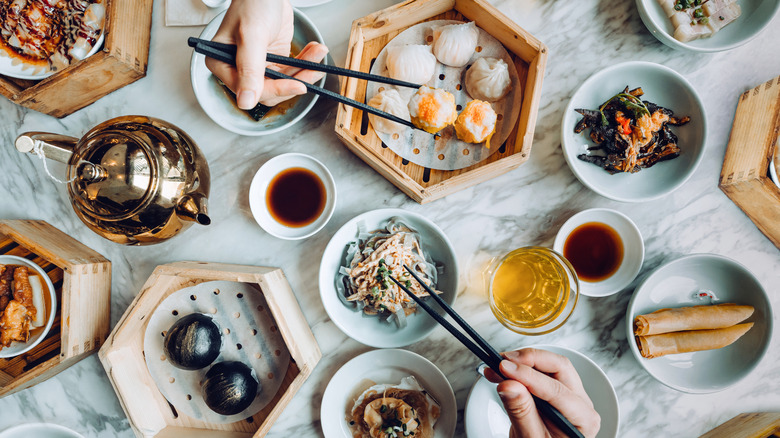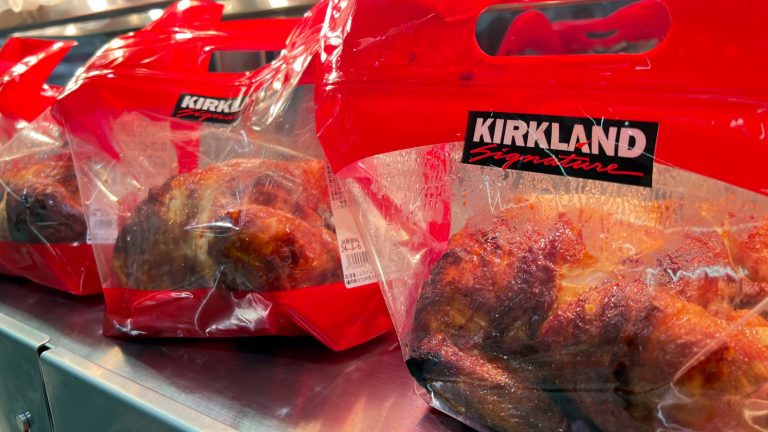The promise of lobster is awfully tempting, whether it’s a grilled tail, lobster ravioli, or shrimp in lobster sauce. The thought of tender, succulent pieces of meat in a flavorful sauce, or even a sauce flavored with the delicate yet luxurious notes of lobster is simply too good to pass up. But the secret is out: lobster sauce is a fraud.
Don’t be mistaken — it is still absolutely delicious, but there isn’t actually any lobster in that sauce, so you won’t have to worry about mastering butterflying and cooking the perfect lobster tail to make it. In fact, it isn’t even typically served with lobster. So, what makes it so good, and how did it get its name? For that matter, should you even still bother with it?
Recipes for lobster sauce vary greatly, but at its core, it consists mainly of soybeans (soy sauce), fermented fish (fish sauce), spices, and seasonings. Some recipe renditions include pork, egg, chicken stock, and vegetables. While there is no lobster to be found, it’s often paired with seafood ingredients like shrimp or crab. The fish sauce component is key: It’s fermented for several months, which allows the proteins to break down and release the rich natural flavors, bringing a flavorful base to recipes like lobster sauce. Its complex flavor lends to myriad other uses as well, such as a dipping sauce for dim sum, a stir fry sauce for sautéed dishes, and as a marinade for meat and seafood.
How did lobster sauce get its name?
How was lobster sauce named if it doesn’t include lobster? It seems as if this incredible misnomer is the unfortunate result of a translation issue. Lobster sauce is known as “haam ha jiang” in Cantonese, the cuisine where this recipe is commonly found. Literally translated, this means prawn sauce, or shrimp sauce. Some believe the translation confusion stems from the fact that the Cantonese words for shrimp and lobster sound similar, leading to the mistaken name “lobster sauce,” while others believe the name stems from the rich, creamy texture of the sauce, which calls to mind prized ingredients like lobster, something that is considered luxurious and indulgent in American cuisine.
The lobster sauce name is just one point of confusion when it comes to Chinese food in America — the misguided fear of MSG practically crippled the industry once upon a time. Whether you are getting Chinese takeout or cooking lobster sauce from scratch to serve with shrimp over perfectly steamed white rice, there is no mistake over the delicious flavor of the sauce and the multiple ways it can spice up your dinner table. A common way to describe this savory sauce is simple: umami. It earns marks from foodie fans as much for its taste as for its delectable aroma, and can be even made vegetarian by substituting ingredients like mushrooms and tofu for the animal products, once again, leaving out its fraudulent namesake, lobster.






